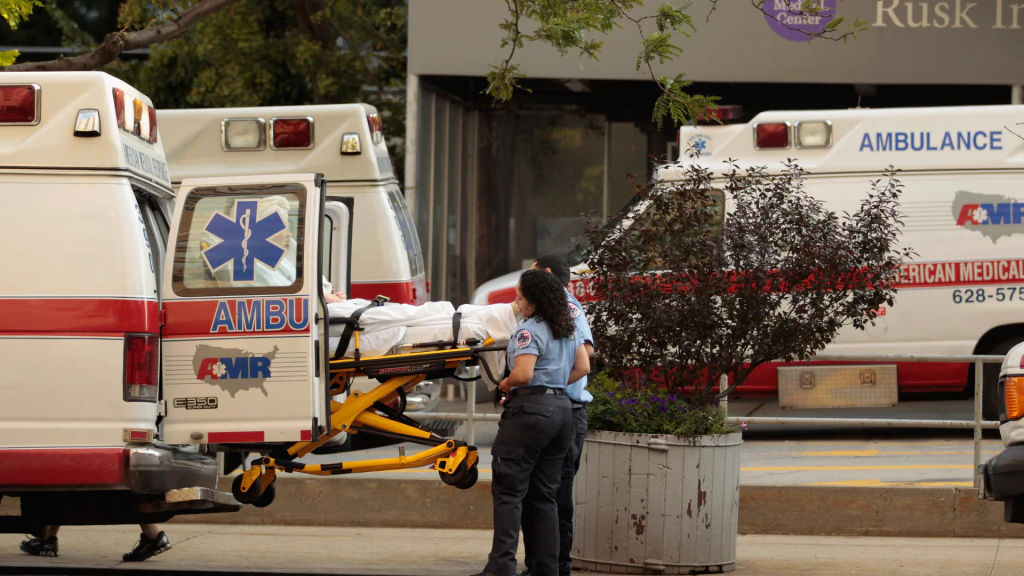[ad_1]
Emergency Medical Service (EMS) workers in New York City are reportedly being told not to transport adult cardiac arrest patients to hospitals if they can’t find or restart a pulse after they have administered CPR.
The guidance, which became effective on March 31, is aimed to protect EMS workers, such as Emergency Medical Technicians (EMTs), from exposure to COVID-19 in hospitals, according to a memo obtained by CNN.
READ MORE: Doctors threatened to be fired for exposing lack of hospital gear
“In the event a resuscitation is terminated, and the body is in public view, the body can be left in the custody of NYPD (New York Police Department),” the memo states.
If the NYPD is slow to arrive at the scene, the memo instructed EMS teams to call the police department’s Dead on Arrival Removal teams.
Josef Schenker, Chair of the New York City Regional Emergency Medical Advisory Committee (REMAC) the committee which released the memo, told CNN that cardiac arrest patients who don’t have a pulse after EMT workers administer CPR are less likely to be revived. Transporting them by ambulance to area hospitals exposes these workers to the potentially deadly novel coronavirus, Schenker said, explaining that ambulances are tight, confined spaces.
“The number of cardiac arrests has gone up significantly over this current pandemic. The reality is we need to do our best to protect our providers,” Schenker told CNN. He added that “the standard of care is maintained.”
“Doing CPR, performing rescue breathing are very, very high risk procedures in this environment,” Schenker said. “The likelihood that you’re going to have a success resuscitation after doing all the CPR in the field is so low that the risk of doing CPR in that ambulance is so great it outweighs the benefit of the transport.”
Schenker added, “The risk is more dangerous than the benefit.”
READ MORE: New York man hid COVID-19 symptoms to visit wife in maternity ward
Adult cardiac arrest patients receive the same quality of care by emergency medical technicians as they would receive in a hospital, Schenker said. He said EMTs spend 30 minutes attempting to resuscitate adults and 20 minutes on advanced life support – even before a patient is ultimately transported.
“The ambulance is bringing the Emergency Room to the patient providing the same care that you would get in the hospital. It does not add a significant amount of success,” he said.
[ad_2]
Source link

